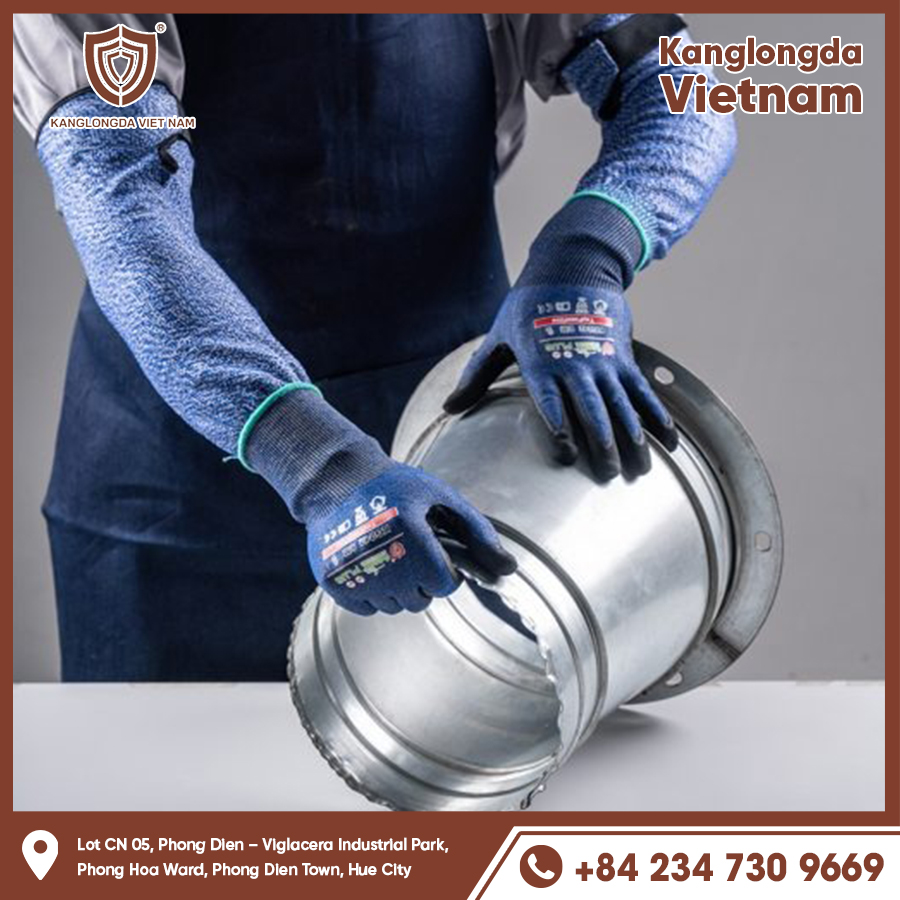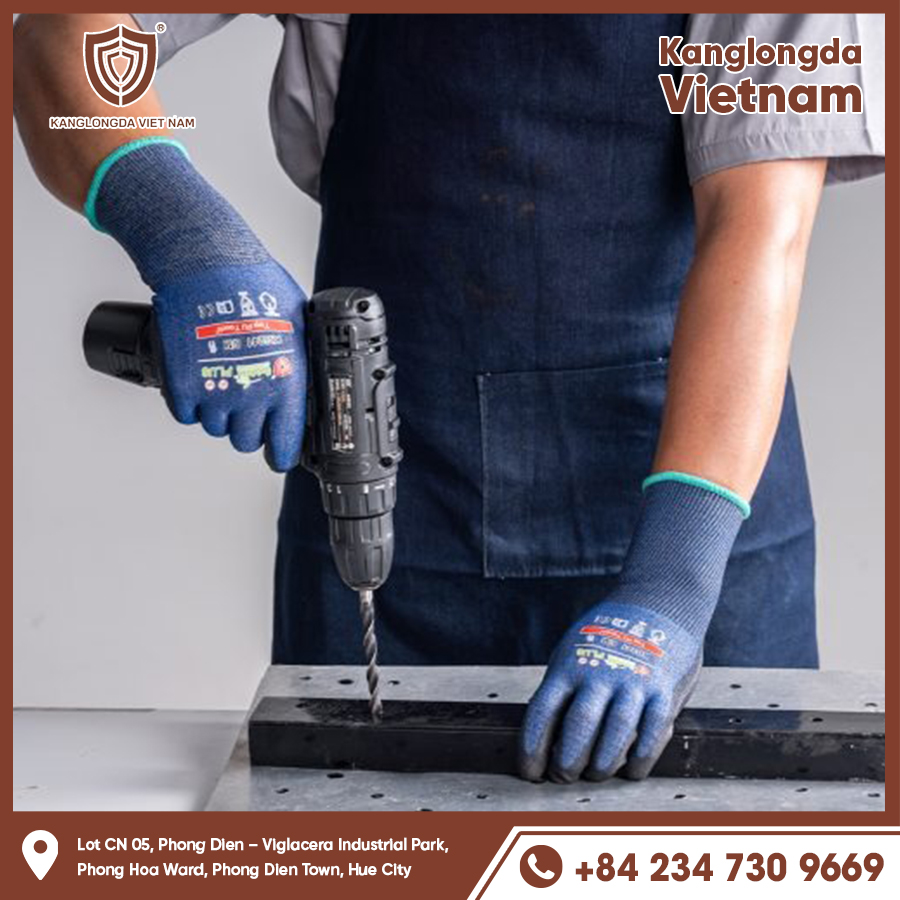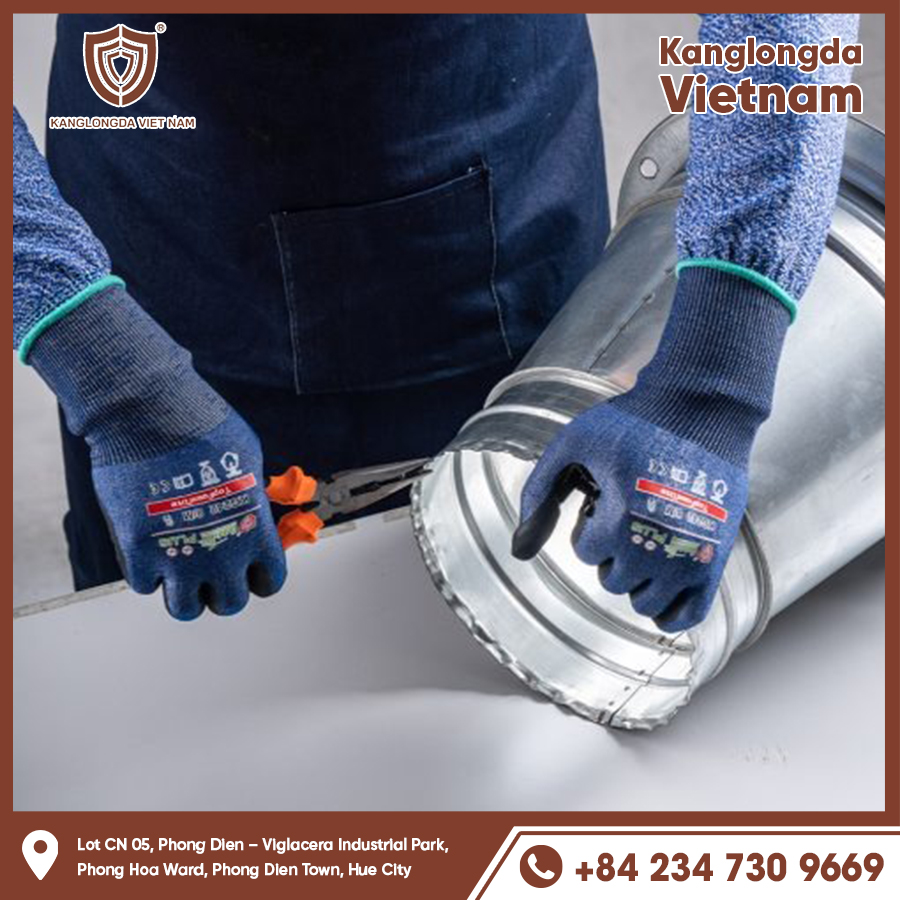Men’s leather gloves are timeless accessories that blend style, warmth, and protection. For centuries, leather gloves have been valued not only for their fashionable appeal but also for their durability and comfort. Whether you need gloves for formal occasions, daily use, or harsh winter conditions, understanding the wide range of options will help you make a smart purchase. In this guide, we’ll cover the different types of men’s leather gloves, how to select the perfect fit, the best materials, styling tips, and maintenance advice to keep your gloves looking pristine for years.

Types of Men’s Leather Gloves and Their Uses
Dress Leather Gloves
Dress gloves are typically made from soft, fine leather such as lambskin or kidskin. These gloves are thin, flexible, and offer a sleek silhouette, making them ideal for formal settings like business meetings, weddings, and elegant outings. Their minimal insulation focuses on style rather than warmth, so they are best suited for mild to cool weather. Features like decorative stitching, buttons at the wrist, and smooth finishes add to their refined look.
Casual Leather Gloves
Casual leather gloves strike a balance between durability and comfort. Crafted from tougher leathers such as cowhide or deerskin, these gloves are designed to withstand daily wear and tear. They are suitable for outdoor activities like driving, walking, and commuting. Casual gloves often include features like reinforced palms, touchscreen compatibility, and adjustable wrist straps to improve grip and convenience. The look is typically more rugged, often paired with casual jackets or denim.
Winter Leather Gloves with Insulation
Winter gloves prioritize warmth without sacrificing style. They usually feature a durable leather exterior with insulated linings made from fleece, wool, cashmere, or advanced synthetic materials like Thinsulate. These gloves protect your hands from freezing temperatures, wind, and moisture. Longer cuffs and snug wrist closures help seal out the cold. Many insulated leather gloves also incorporate waterproof membranes or treatments to provide weather resistance for snow and rain.
Choosing the Right Leather for Men’s Gloves
Cowhide Leather
Cowhide is prized for its toughness and abrasion resistance. It’s heavier and thicker than other types of leather, making it ideal for work gloves or casual everyday wear. Cowhide leather gloves often develop a beautiful patina over time, enhancing their character and appeal. Although less soft than lambskin, the strength and durability make them perfect for outdoor use.
Lambskin and Kidskin Leather
These types of leather are softer, thinner, and more supple, offering a luxurious feel. Lambskin gloves mold quickly to your hand, providing exceptional comfort and dexterity. Kidskin leather, sourced from young goats, is particularly smooth and fine-textured. Gloves made from these leathers are typically reserved for dress or formal gloves. Because of their delicate nature, they require more care and protection from water and stains.
Goatskin Leather
Goatskin offers a nice compromise between softness and durability. It’s naturally water-resistant and flexible, making it a versatile choice for various glove styles. The grain pattern of goatskin also adds a subtle texture that many find attractive. These gloves are often used for both casual and dress occasions and tend to be long-lasting with proper care.

How to Find the Perfect Fit and Size
Measuring Your Hand Correctly
Getting the right size is critical for comfort and functionality. Use a soft tape measure to measure the circumference of your dominant hand just below the knuckles, excluding the thumb. Also, consider measuring hand length from the base of the palm to the tip of the middle finger. Many brands provide sizing charts correlating these measurements to standard glove sizes.
Trying Different Fits: Snug vs. Relaxed
Leather gloves should fit snugly but not restrict finger movement or circulation. Gloves that are too tight may cause discomfort, reduce dexterity, and lead to faster wear from stretching. Conversely, gloves that are too loose can slip off or reduce your grip. Try different brands and cuts—some gloves have pre-curved fingers or stretch panels to improve fit.
Consider the Length of the Cuff
The cuff length influences both protection and style. Short cuffs are sleek and ideal for formal wear or mild climates. Longer cuffs provide additional warmth by covering the wrist and sealing out cold air, which is essential for winter gloves. Some gloves feature adjustable cuffs or straps for a customizable fit and better insulation.
Styling Tips: Matching Men’s Leather Gloves with Outfits
Pairing with Formal Wear
Classic black or dark brown leather gloves complement formal suits and overcoats perfectly. Choose gloves with a minimalist design and fine leather to maintain elegance. Avoid overly bulky gloves that detract from a polished appearance. Match your gloves with leather dress shoes and a coordinating belt for a cohesive look.
Casual and Everyday Looks
For casual wear, opt for gloves in shades like tan, chestnut, or grey. Textured leathers such as pebbled or grain leather provide a rugged aesthetic that pairs well with jeans, leather jackets, and wool coats. Driving gloves with perforated details and flexible palms also add style and practicality for everyday use.
Seasonal Color and Texture Choices
Darker leather tones are more common in fall and winter due to their warmth and classic appeal. Lighter colors work well in spring or early fall, offering a fresh look. Smooth leather evokes sophistication, while textured or distressed leather lends a vintage or outdoorsy vibe. Mixing textures with different clothing fabrics can add depth and interest to your outfit.
Caring for Your Men’s Leather Gloves
Cleaning Leather Gloves Safely
Leather is sensitive to water and chemicals. Use a soft, damp cloth to gently wipe off dirt and stains. For more stubborn spots, a mild leather cleaner or saddle soap can be used, but always test on a small area first. Avoid soaking gloves or using household detergents, which can damage the leather’s oils and finish.
Conditioning and Moisturizing
Leather dries out over time, causing cracks and stiffness. Regular application of a high-quality leather conditioner replenishes oils and maintains suppleness. Condition gloves after cleaning or at least once a season if used regularly. Be careful not to over-condition, which can make leather too soft or sticky.
Proper Storage Tips
Store gloves in a cool, dry place away from sunlight to prevent fading and drying. Use a glove stretcher or stuff them with tissue paper to maintain their shape. Avoid folding or crumpling gloves, which can cause creases and weaken the leather fibers. For long-term storage, consider placing gloves in breathable cloth bags to protect from dust while allowing air circulation.
Benefits of Investing in Quality Men’s Leather Gloves
Durability and Longevity
A well-crafted pair of leather gloves can last for years, even decades, with proper care. The natural strength and toughness of leather resist tears and abrasions better than most synthetic alternatives. While initially more expensive, quality leather gloves often provide better value over time due to their durability.
Enhanced Comfort and Fit Over Time
Leather gloves mold to your hands as you wear them, improving fit and comfort. The natural breathability of leather reduces moisture buildup and skin irritation. Unlike synthetic materials, leather maintains flexibility even in cold conditions, allowing for better dexterity.
Timeless Style and Versatility
Leather gloves never go out of fashion. They can be dressed up or down effortlessly, complementing a wide range of wardrobes. Their classic appeal ensures they remain a staple accessory, suitable for both professional and casual environments.
Frequently Asked Questions About Men’s Leather Gloves
Are Leather Gloves Waterproof?
Leather naturally repels water to some degree but is not fully waterproof. Many gloves undergo treatments or come with waterproof liners for better protection in wet weather. For heavy rain or snow, gloves with waterproof membranes or coated exteriors are recommended.
Can I Wear Leather Gloves Year-Round?
While leather gloves are mostly worn in cooler months, lightweight designs made from thin, breathable leather can be suitable for spring and fall. However, they generally aren’t ideal for hot summer weather as leather is not highly breathable compared to fabric gloves.
How Do I Repair Small Tears or Scratches?
Minor surface damage can be fixed with leather repair kits, available online or in stores. These kits typically include filler compounds, dyes, and conditioners. For significant damage, professional leather repair services offer patching, stitching, and refinishing to restore gloves.

Men’s leather gloves combine elegance, practicality, and durability, making them a valuable addition to any wardrobe. Understanding the different types, leathers, fits, and care methods empowers you to select gloves that not only look great but also protect your hands effectively. Whether for formal occasions or everyday use, quality leather gloves enhance your style and comfort through all seasons. With proper maintenance, they will remain a trusted companion for years to come.






